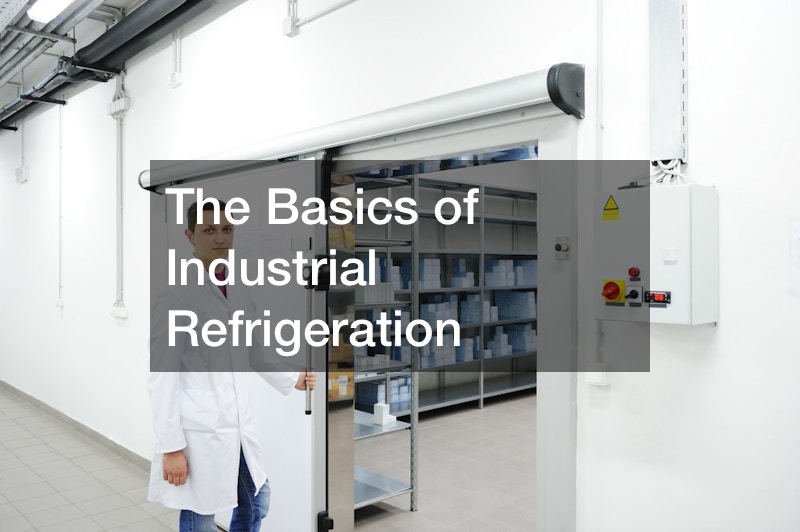Industrial refrigeration systems are used in a wide range of applications, from food processing and storage to chemical manufacturing and pharmaceutical production. These systems rely on complex NH3 heat exchange systems to cool and maintain the temperature of industrial processes and materials.
The basics of industrial refrigeration involve the use of a refrigerant, typically ammonia or another synthetic refrigerant, which is compressed and circulated through a series of heat exchangers. When the refrigerant circulates through the system, it absorbs heat from the process being cooled and transfers it to the surrounding environment.
One of the key components of an industrial refrigeration system is the heat exchange system. It is used to transfer heat between the refrigerant and the process being cooled. This involves using a series of heat exchangers, including evaporators, condensers, and recirculation systems, which are designed to transfer heat while minimizing energy consumption efficiently.
In addition to the heat exchange system, industrial refrigeration systems also include a range of other components, such as compressors, pumps, and controls. These components work together to ensure that the system operates efficiently and effectively while minimizing the risk of breakdowns and other issues.
Overall, industrial refrigeration is a complex and sophisticated field that requires specialized expertise and equipment. By understanding the basics of NH3 heat exchange systems and other key components of these systems, businesses can ensure that their industrial refrigeration systems operate efficiently and effectively while minimizing energy consumption and other costs.
.





Leave a Reply